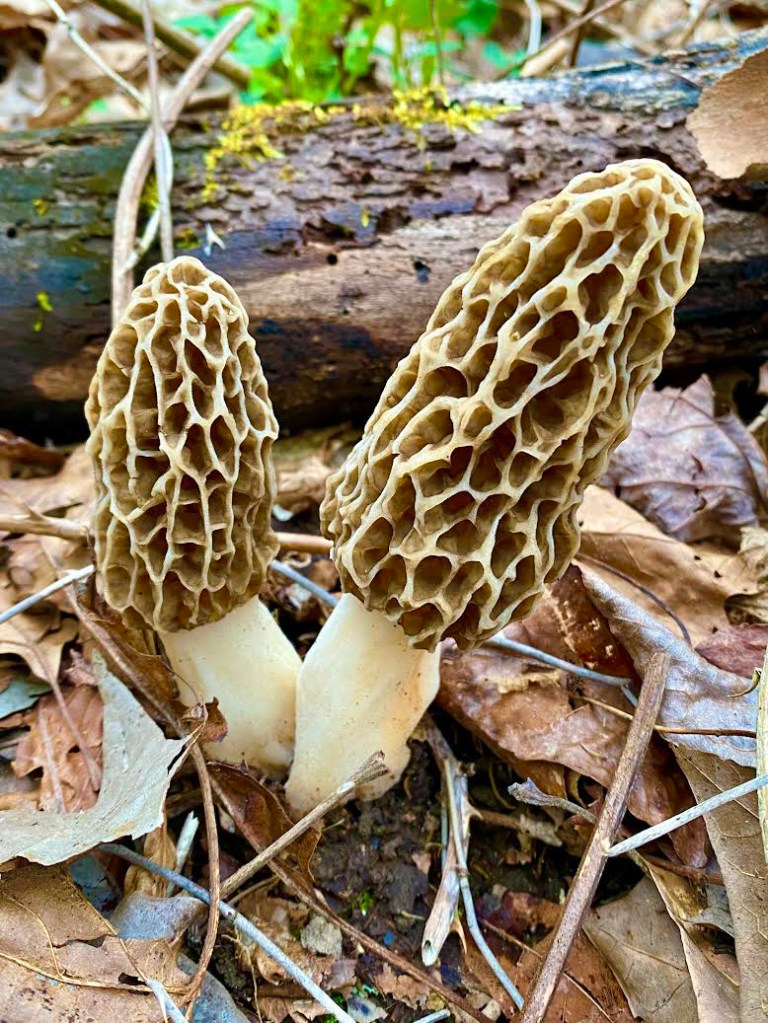It’s hickory chicken season
Published 6:11 pm Friday, March 31, 2023

- There are many names for the morel mushroom, including hickory chicken and dry land fish. Steve Roark photo
|
Getting your Trinity Audio player ready...
|
BY STEVE ROARK
Contributing columnist
The early warm weather we’ve had lately may bring out a locally favorite mushroom. The morel (Morchella species) is also called hickory chicken, dry land fish and sponge mushroom. It normally comes up from April to May, but can show up in March and as late as June depending on weather conditions. Warm, rainy days seem to favor their appearance.
The morel is a good choice for beginning mushroom hunters because it is easy to identify. It is hollow, pale tan to grayish in color, and oval or bluntly cone-shaped. The cap is fused to the stem at the lower end. The cap has deep, irregular pits resembling a sponge. They stand around two to four inches tall, and their color matches the dead leaves on the forest floor so well that they are not easy to spot. Once you find that first one, they become easier to see.
Where to find morels varies among the experts. I usually find them in moist woods along stream banks where beech and yellow poplar grow. Other places to look include old apple orchards, under elm trees, ash trees, pine stands, even under cedars.
How to serve up morels also draws varied opinions. Some recommend soaking them in salt water a few hours to drive out bugs, but this could make the mushrooms mushy. I normally just rinse them off under running water. My favorite morel dish is to slice the mushrooms into halves or quarters and sauté them with a little butter and garlic powder. They are also good dipped in cornmeal or flour and pan-fried. The flour gives them a chicken flavor, the cornmeal a fish taste. Since the mushrooms are hollow, the bigger ones can be stuffed with hamburger and baked. Any way you go, they’re good eating.
A word of caution: morels are easy to identity, but there is one poisonous mushroom that can be mistaken for it. Called false morel, this mushroom does not have the deep pits in its cap, but instead forms irregular folds and lobes that look brain-like. False morels are normally a chestnut-red color rather than brown. When learning about edible mushrooms, go with a well-seasoned mushroom hunter to learn to identify the right ones to eat and enjoy. Remember, there are old mushroom hunters, and there are bold mushroom hunters, but there are no old, bold mushroom hunters. So do your homework.
A good book on edible wild foods is A Field Guide to Edible Plants, by Lee Peterson.
Steve Roark is a volunteer at Cumberland Gap National Historical Park.

